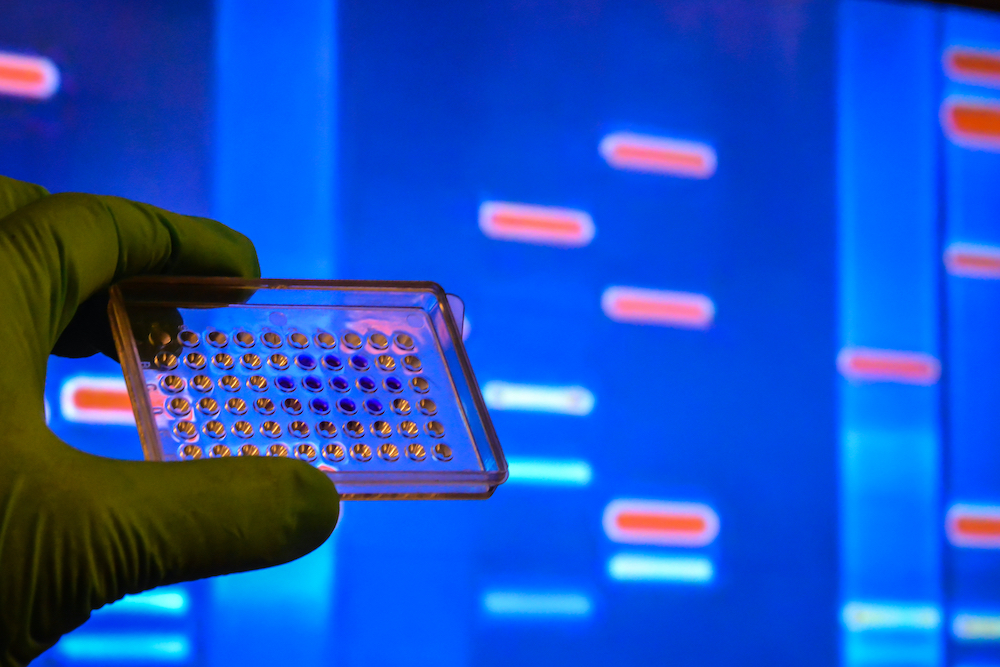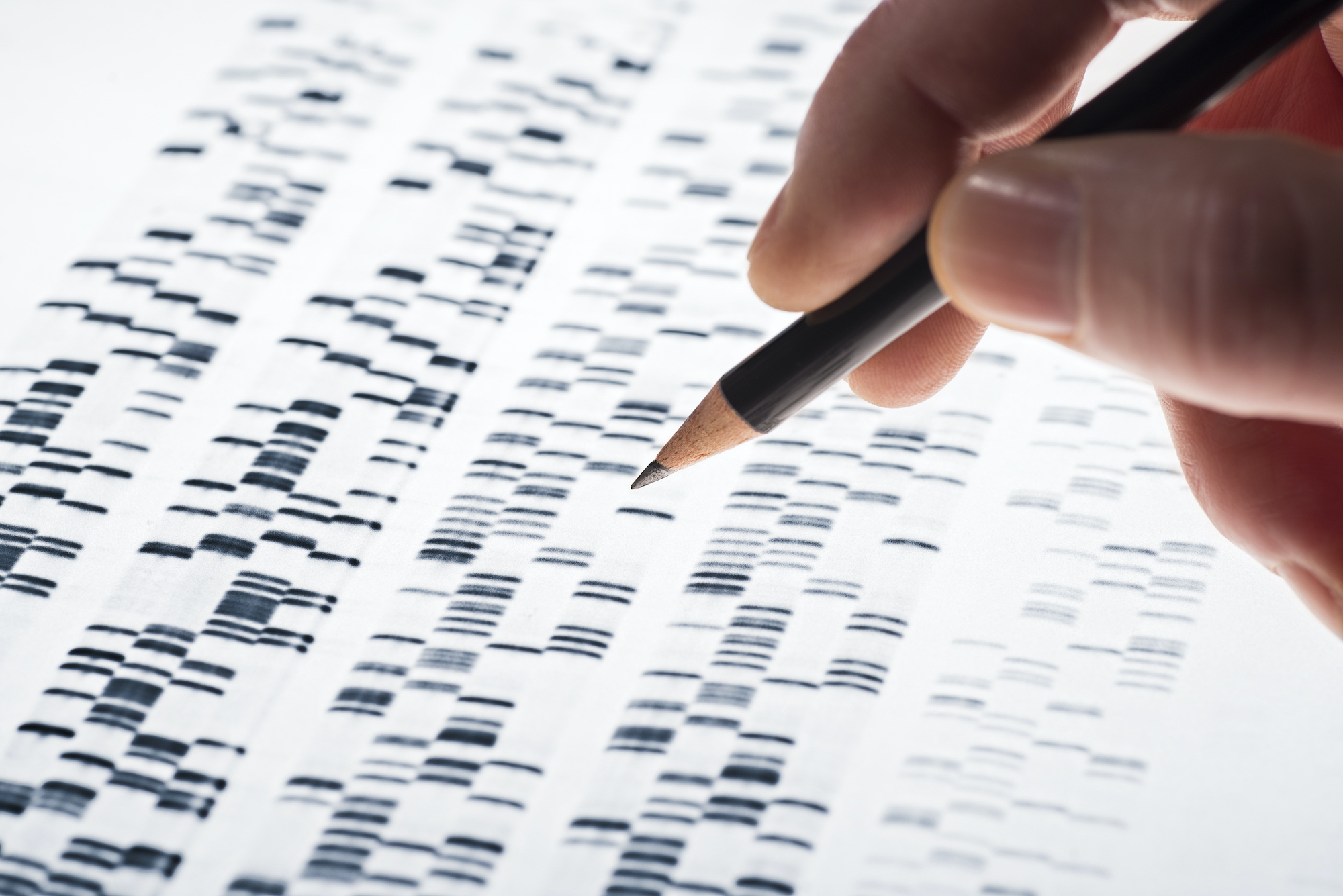Epigenetics is a clever way of putting together two words: epigenesis and genetics. Epigenesis was first used by Aristotle to designate how a whole organism can develop from an unformed state to complexity. The idea to combine it with genetics was to show that there’s an aspect of heredity that will be shaped and can change depending on the environment.
So this was meant to explain how – with the same genetic material – one cell, the egg, can give rise to the many cells that build up our body. How do you make cells for your eye; how do you make cells for muscles; how do you make cells that are critical for your heart? All of these cells basically have the same genetic material, yet they use it in a different manner. One thing we would like to understand is this capacity to give rise to different cells. But another important aspect is that when these cells engage in a lineage, they keep this memory and act the same way.

